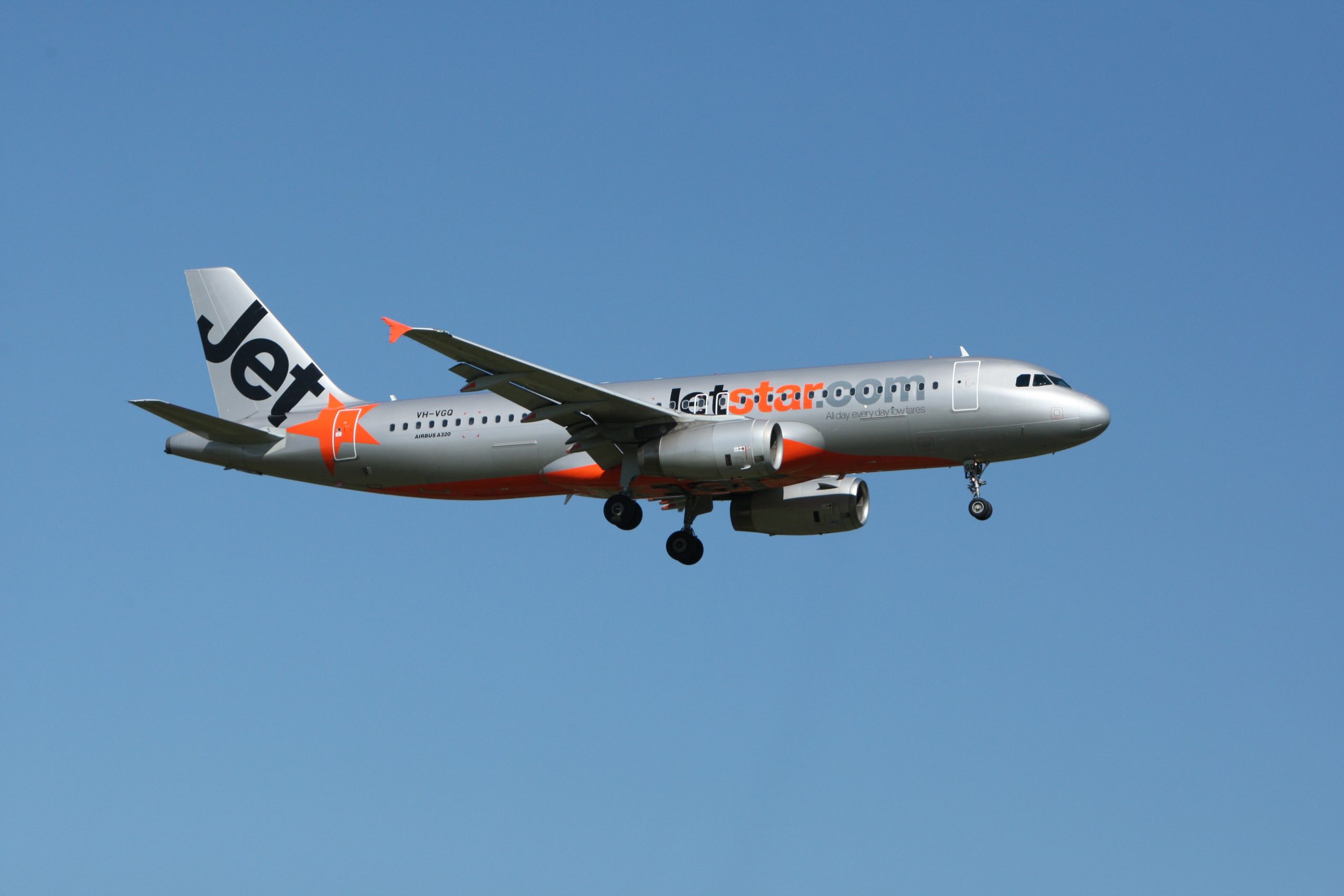In order to keep an aircraft safe and functioning, aviation hydraulic jacks are essential. During maintenance and repair procedures, these robust tools offer the required support to lift and stabilize a variety of components. Hydraulic jacks need to be inspected and replaced on a regular basis, just like any other piece of equipment, to maintain peak performance and guard against malfunctions. It’s important to swap out hydraulic jacks as soon as possible for a number of reasons. The safety of the aircraft and the maintenance team is, first and foremost, ensured. The integrity of the jack may get compromised over time due to wear and tear, which will reduce its stability and lifting power. The indicators that your aircraft hydraulic jacks may need to be serviced or replaced are detailed below.
Fluid Leaks
Aircraft hydraulic jack fluid leaks are a blatant sign that they need to be replaced. These leaks often result from hydraulic system damage or seal failure. Fluid leaks must be fixed right away since they might cause a loss of hydraulic pressure, which lowers the jack’s lifting capability. Ignoring this warning might lead to total failure in parts for hydraulic jacks, jeopardizing safety and perhaps resulting in accidents. To maintain a secure and dependable environment for aircraft maintenance, replacing the hydraulic jack and figuring out the source of the leak are crucial procedures.
Reduced Lifting Capacity
Hydraulic jacks’ lifting capability gradually declining is a symptom that needs to be replaced. The jack has reached its maximum load capacity, or internal components have worn out if you find that it is difficult to raise the aircraft to the correct height or that it cannot stay in the raised position. Continued usage of a jack with a smaller lifting capability puts worker safety and productivity at risk. You may make sure that the aircraft can be hoisted securely and dependably by exchanging the hydraulic jack with one that is appropriately rated.
Excessive Noise or Vibrations
When hydraulic jacks are in use, unusual sounds or vibrations indicate internal mechanical problems that need to be fixed. Any unusual noises, such as grinding or squeaking, are warning indications of possible issues. Excessive vibrations may be a sign of faulty or worn-out jack parts. These problems may harm the structure of the aircraft in addition to affecting the jack’s performance. It is essential to take care of these symptoms right away by properly checking the jack and changing it out if required. By doing this, steady and streamlined operations may be maintained while an aircraft is being serviced.
Corrosion or Physical Damage
It is essential to regularly check for corrosion or physical damage to evaluate the state of hydraulic jacks. Rust, corrosion, or dents in the jack’s body or components might result from repeated usage and exposure to the elements. The structural integrity of the jack is weakened by corrosion, which compromises both the jack’s lifting capacity and safety. The jack’s ability to operate without interruption might also be hampered by physical damage like dents or fissures. The hydraulic jack must be replaced if considerable corrosion or damage is found in order to provide safe and dependable performance during aircraft maintenance operations.
Age and Maintenance History
When hydraulic jacks need to be replaced, it’s necessary to take into account their age and maintenance history. Although these jacks don’t have a set lifetime, variables, including use frequency, the operational environment, and correct maintenance procedures, affect their durability. It is advisable to think about replacing a hydraulic jack if it is nearing or beyond its intended service life. Additionally, if there is a history of repeated problems or repairs, it can be a sign that the jack needs to be replaced since it is no longer trustworthy and might fail at any time. Making educated judgments about hydraulic jack replacement and ensuring the ongoing safety and efficiency of aviation maintenance operations both benefit from keeping track of the age and maintenance history of this equipment.
Conclusion
Aircraft hydraulic jacks must be kept in good working order for maintenance procedures to be safe and effective. You can address any problems before they worsen by being aware of the symptoms that call for replacement. Important issues to take into account include fluid leaks, decreased lifting capability, excessive noise or vibrations, corrosion or physical damage, age, and maintenance history. You can maintain a dependable and secure environment for airplane maintenance by replacing hydraulic jacks as soon as they need to be replaced. Remember that frequent hydraulic jack inspections and maintenance are essential to prevent accidents, enhance performance, and keep the highest aviation safety standards.
